A sliding door that slides along a visible hardware track. barn doors are ideal for areas where swinging doors take up too much space, like hallways, pantries, laundry rooms, and utility closets.
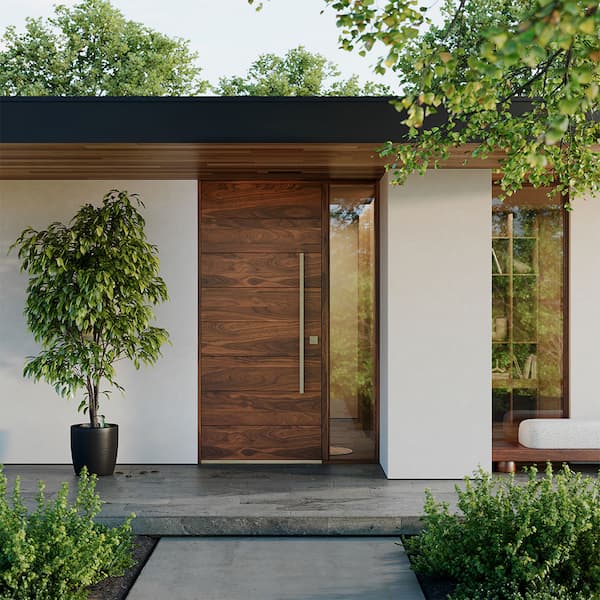

Looking for an entry door, but not sure where to start? Take our quiz to find your dream door and bring your unique vision to life.
FREE Shipping On Orders Over $399*
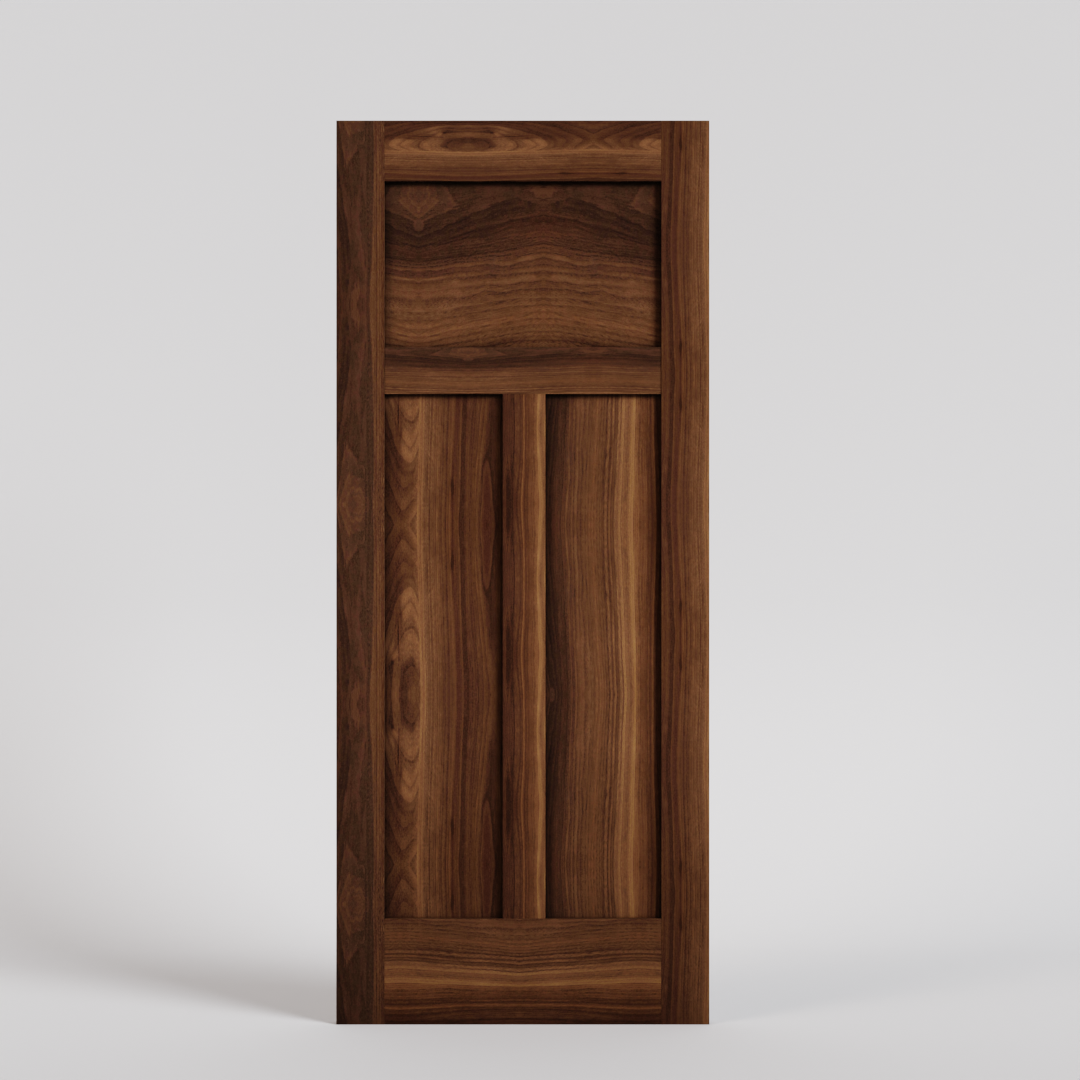
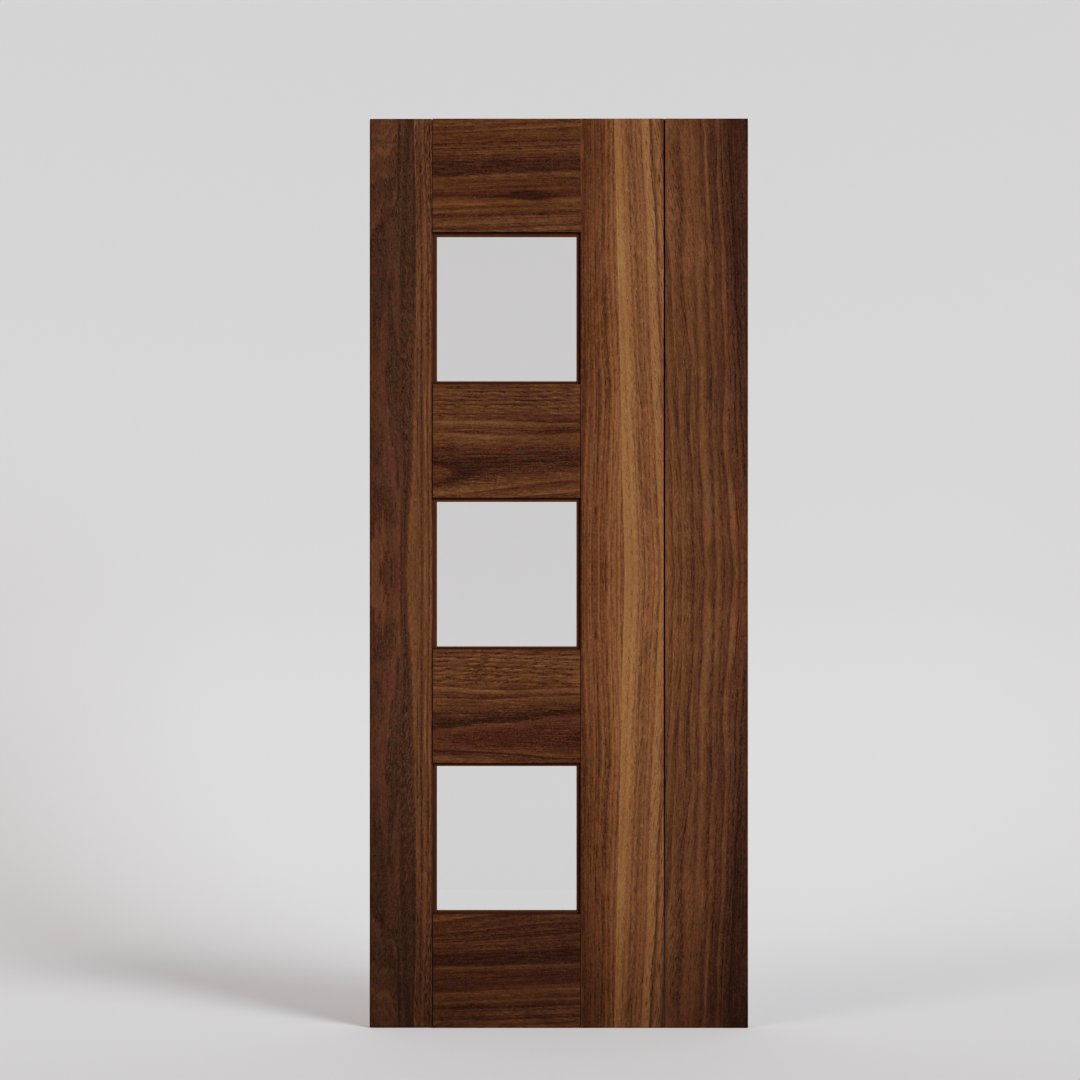
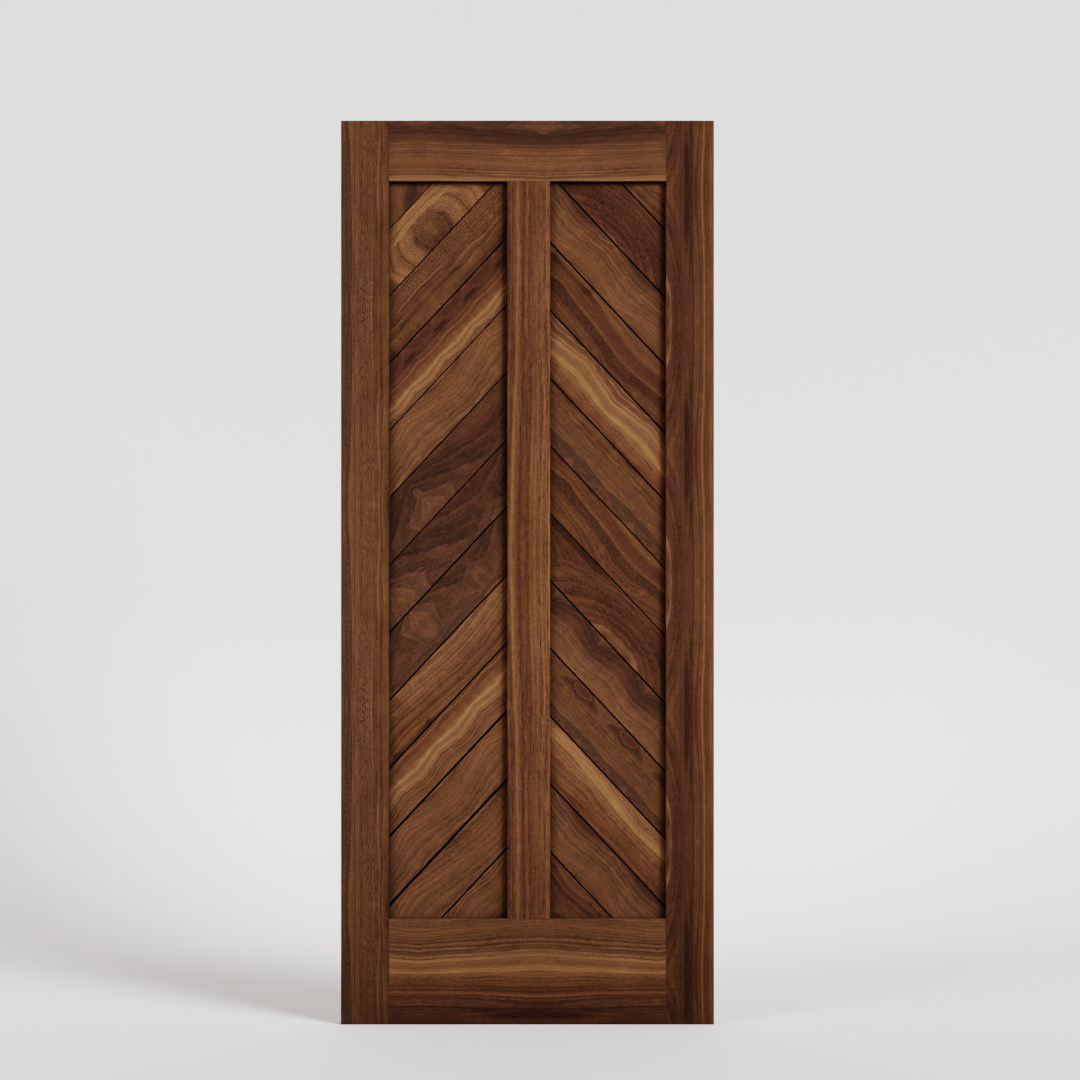
Discover our vast collection of premium wood species and get inspired to create your customized door.
FREE Shipping On Orders Over $399*
Need help choosing a hardware kit? Our super easy quiz will point you in the right direction.
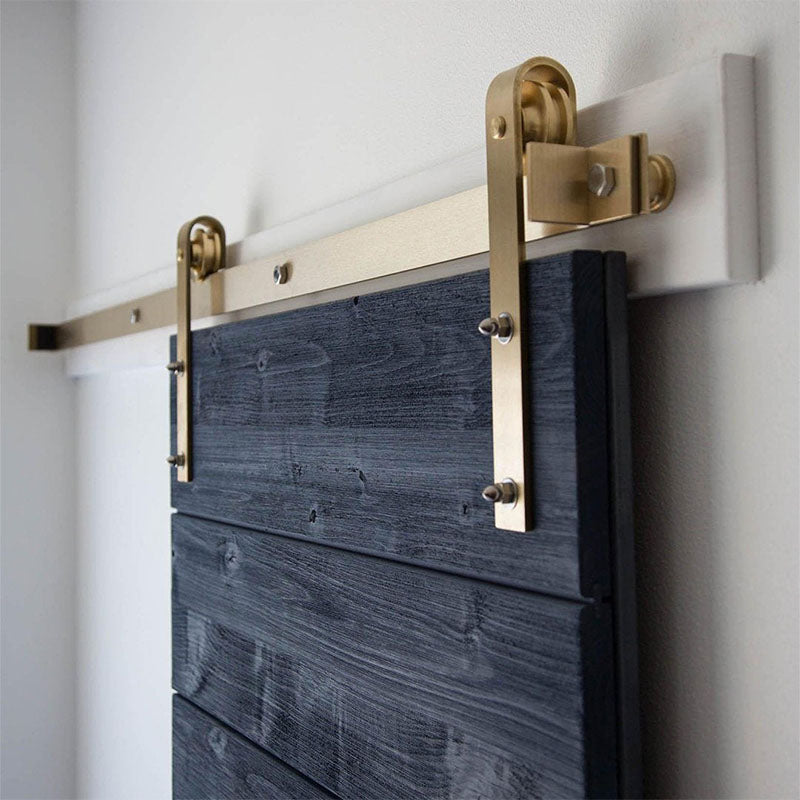
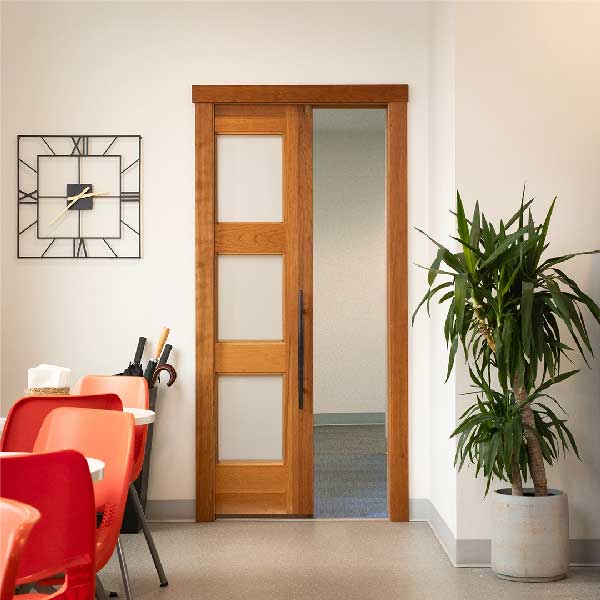
Pocket Door Hardware

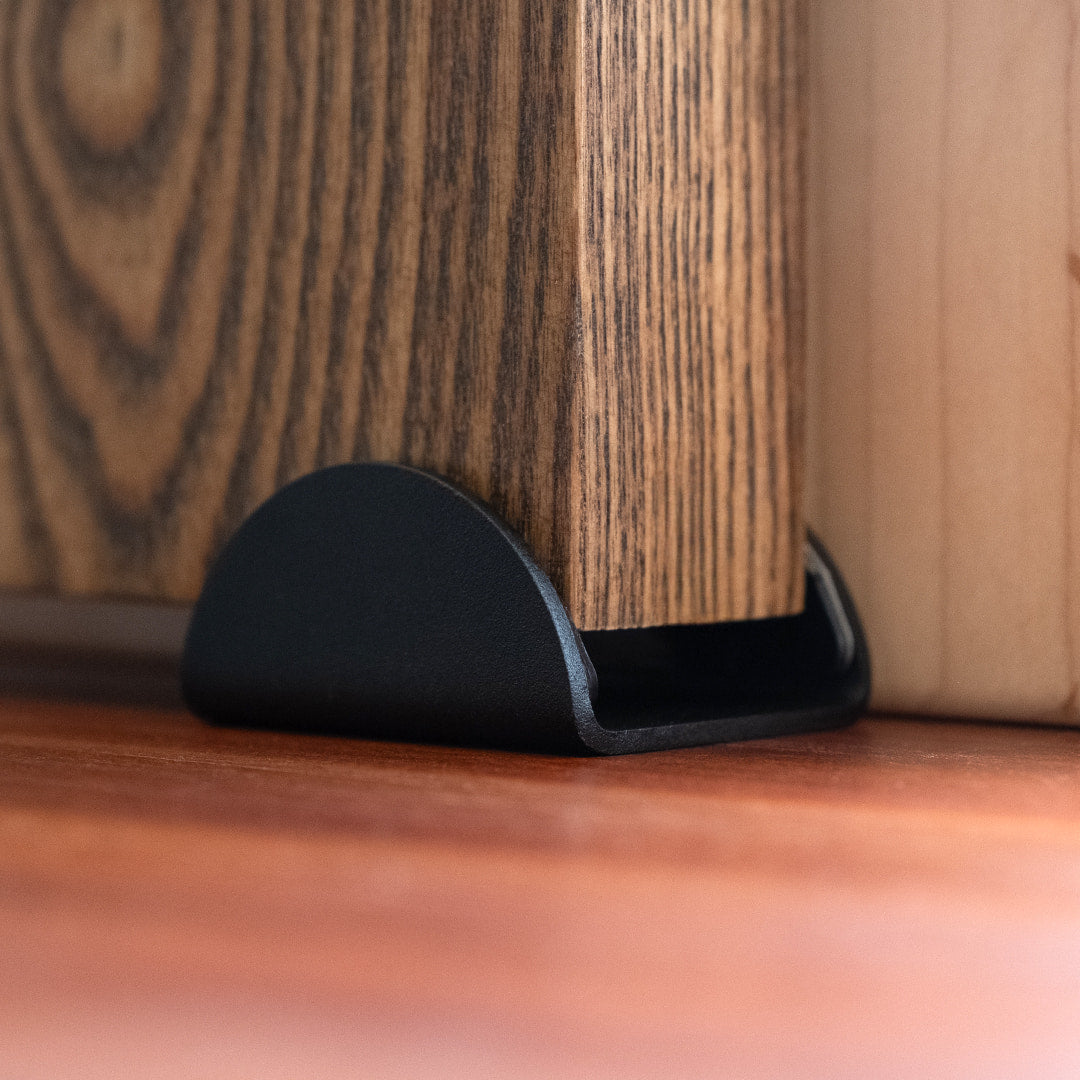
FREE Shipping On Orders Over $399*

Custom Design Inspiration
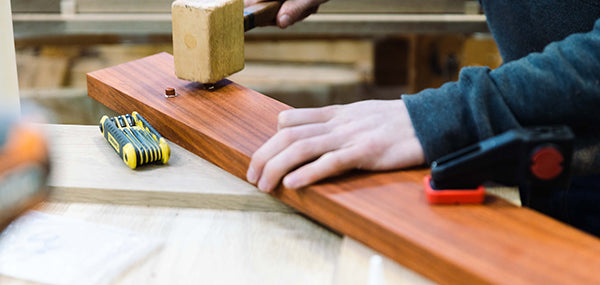
FREE Shipping On Orders Over $399*
Welcome to the world of doors and hardware! These products have their own vocabulary, which we know not every homeowner will be familiar with. This glossary covers common words on our website.
Welcome to the world of doors and hardware! These products have their own vocabulary, which we know not every homeowner will be familiar with. This glossary covers common words on our website.
No results found.
A sliding door that slides along a visible hardware track. barn doors are ideal for areas where swinging doors take up too much space, like hallways, pantries, laundry rooms, and utility closets.
A type of door that folds in the middle and is commonly used for closets.
A door with three panels that fold on each other when opened; similar to a bi-fold door but with an additional panel.
Large-format outswing doors commonly used for garages, horse barns, workshops, and studios. Carriage doors were originally used on carriage houses, hence the name. They offer a sophisticated, upscale alternative to standard roll-up garage doors. Wood carriage doors are also ideal for garages that have been converted to living spaces, or that are climate-controlled, thanks to their superior insulation value.
A door with a horizontal cut so that it has two leaves. These leaves are held together by a surface bolt but can be separated so that you can open them independently.
Interchangeable terms for standard swinging doors on the exterior of a structure. These doors are thicker than interior doors and come with weatherstripping and a sweep to keep them weathertight.
A door that opens by folding back in sections or panels.
A style of door with glass panes extending for most of its length. These doors traditionally come in pairs. Some people refer to all double doors as French doors, but at RealCraft, "French" refers to the glass styling and not the number of doors.
A door that uses a pivot, set in the top and bottom edge of the door, rather than standard hinges. Pivot doors can be taller, wider, and heavier than standard entry doors because a pivot has a different relationship to gravity than hinges do.
A sliding door that opens and closes from a pocket recessed into a wall. Unlike a barn door, which is always visible, pocket doors can be fully or mostly concealed in the wall when open. Common in historical homes, pocket doors are optimal for powder rooms, bathrooms, and offices. Pocket doors cannot go in walls that have electrical wiring, or that are load-bearing.
A door with a rounded top, common in historical homes and lends a unique, fanciful touch. Ours come with a frame-out kit for easy installation into a rectangular open.
The door itself without any framing or hardware.
The door slab plus the jamb and threshold.
An astragal is a vertical wood strip attached to the edge of one of a pair of double doors, typically covering the gap between the doors when they are closed. It can be used to provide a weather seal, increase security, and reduce sound transmission.
The angle or inclination of a line or surface that meets another at any angle but 90°.
Trim used around door (and window) openings to cover the gap between the drywall and the door or window frame.
A symmetrical sloping surface at an edge or corner, often used for decorative purposes on door edges.
When the panel surface is level, or flush, with the rail and stile frame of a door.
A decorative technique where a contrasting material is set into the surface of the door to create patterns or designs.
The door frame that encases the door slab and goes in the door opening.
Each moving panel of a door in a multi-panel door system.
The term for a glass panel set within a door. May also be called "lites."
A recess cut into a piece of wood to receive a tenon or hinge.
A vertical or horizontal element that forms a division between units of a window, door, or screen or is used decoratively.
The large, flat components of a door, surrounded by stiles and rails. Panels can be flat, flush, or raised.
The horizontal parts of the door frame. Depending on the number of panels, a standard rail-and-stile door can have anywhere from two to five rails.
The unfinished opening in a wall where a window or door will be installed. The rough opening should be measured all the way down to the sub-floor.
The frame that holds the glass in a window, commonly found in double-hung or sliding windows but sometimes referenced in doors.
Narrow windows next to a door or window, often used to let in light or add aesthetic value.
The same as a threshold.
The vertical parts of the door frame.
A strip of material attached to the bottom of a door, designed to seal the gap between the door and threshold when the door is closed.
A projection on the end of a piece of wood designed to be inserted into a mortise cut into another piece.
Also called a sill, a component at the bottom of the door, attached to the door jamb, which is crossed in entering a house or room.
A horizontal structural beam or bar, or a crosspiece separating a door from a window above it.
The decorative profile or molding used around a window or glass panel on a door.
Wood from non-evergreen trees, such as oak, ash, or beech, used for many applications including furniture and doors.
Tongue and groove joints allow two flat pieces to be joined strongly together to make a single flat surface. Many of our doors come with tongue and groove panels as an option.
Lumber that's sawn so that the annual rings are typically 30 degrees or less to the face of the board. Plain sawn lumber can produce wavy grain patterns for a more rustic look.
Lumber that's sawn so that the annual rings are between 60 to 90 degrees to the face of the board, producing a straight grain pattern. Our Zebrawood and Sapele are both quarter-sawn to maximize their unique patterns. In species like White Oak, quarter sawn wood has tell-tale "rays" and flecks that run counter to the grain pattern, which is a signifier of high quality and genuine wood.
Wood from evergreen trees including hemlock, Douglas fir, or cedar, often used in exterior applications for its superior weathering characteristics. Lower quality softwood (like pine) is used as construction/utility woods, while the higher quality stock is used for doors, furniture, and flooring.
Hardware mounted directly facing each other on both sides of a glass door.
A type of sliding hardware where the wheels (trolleys) are enclosed inside a box-shaped rail.
A common type of hinge consisting of two plates joined together by a pin, used on standard swinging doors.
A hinge designed so that when the door is closed, the hinge is not visible.
A locking mechanism that can only be moved to the open position by rotating the lock cylinder. All exterior doors should have a deadbolt for enhanced security.
Surface bolts installed on Dutch doors used to lock the upper and lower leaves of the door together.
A protective or ornamental plate around a keyhole, door handle, or light switch.
A type of hardware that mounts to the door to allow it to hang from the track in a sliding door system. Hangers are attached to wheels or trolleys.
The natural darkening that occurs with some metals, including unlacquered brass. Patina is a desirable and natural effect, but you can minimize it with regular cleaning and polishing.
Hardware that is installed on the door before shipping, such as pivots on pivot doors or Dutch bolts.
A locking mechanism typically used on bathrooms and bedrooms that can be locked from the inside with a thumb turn or push button.
The rail over which a trolley or wheel slides to open and close.
The wheeled mechanism that moves back and forth on the track, to which the door is attached in a sliding door system.
A turnstile pivot is an alternative to our standard hinge. A turnstile pivot does not have adjustable opening and closing speeds, and it can't be adjusted to prevent slamming or to ensure latching. You will need a door stop of other protection with a turnstile pivot to prevent damage to the door or the wall.
The underside of an architectural structure such as an arch, a balcony, or overhanging eaves. Many sliding hardware kits are “soffit mounted,” or top mounted rather than wall mounted.
Hardware mounted on the surface of the door or wall, as opposed to being recessed or concealed.
A type of hinge designed with long leaves for supporting heavy doors, often decorative and seen on barn or garage doors.